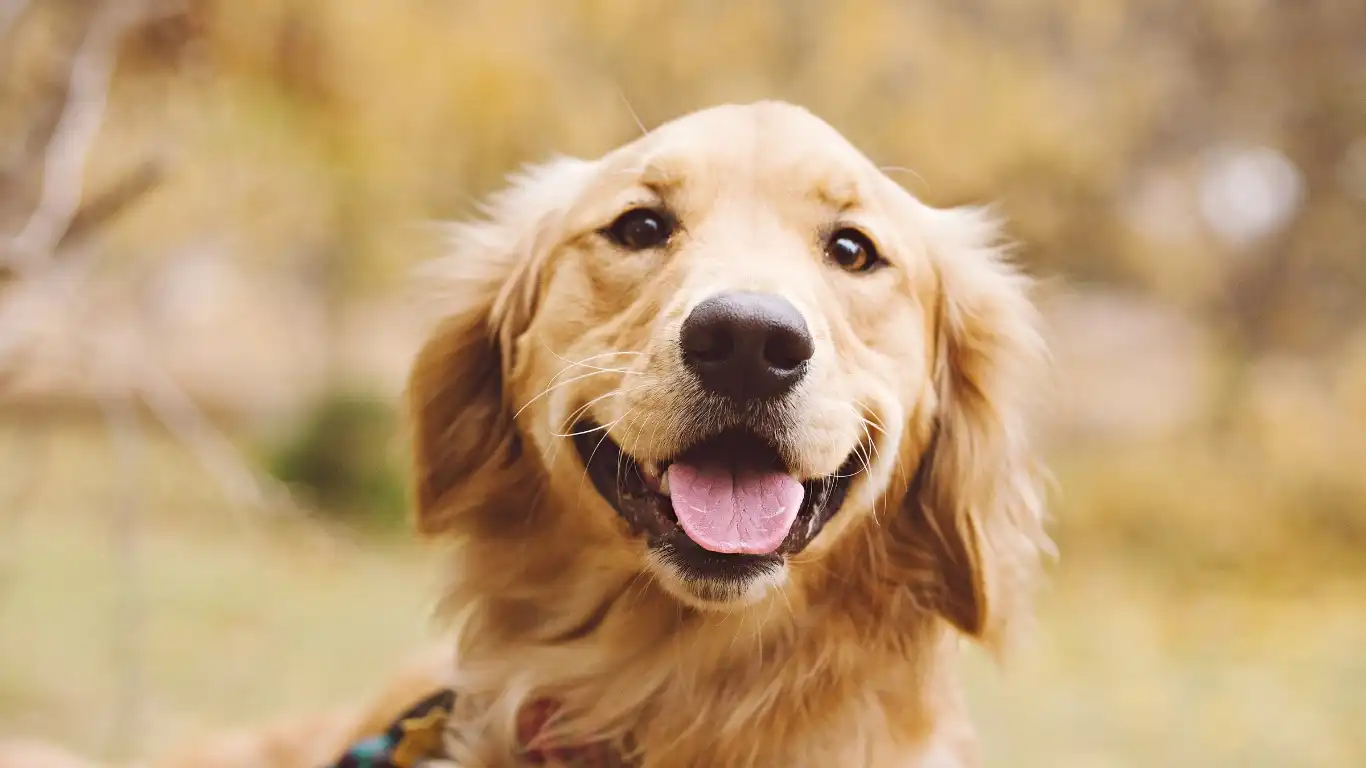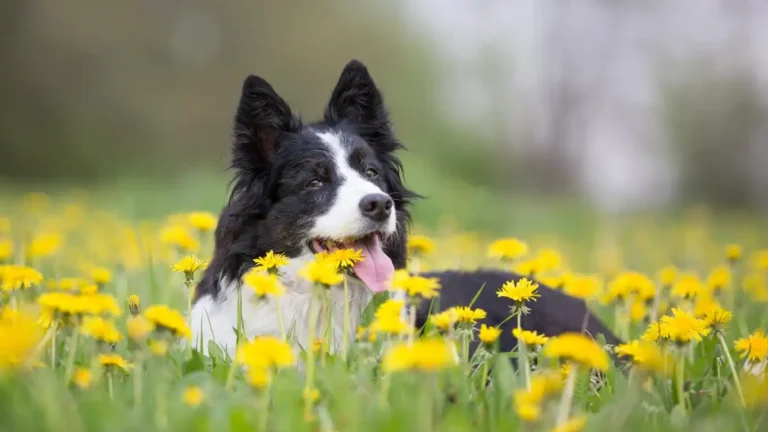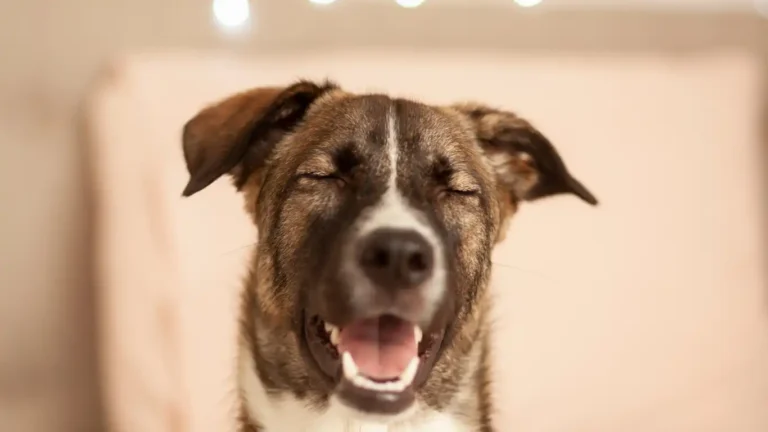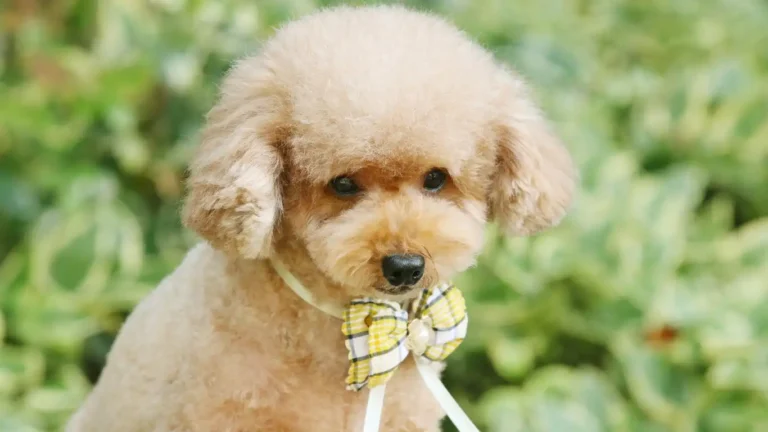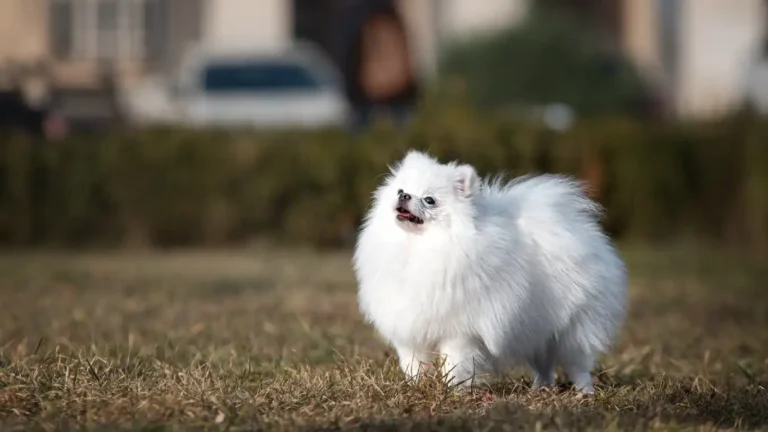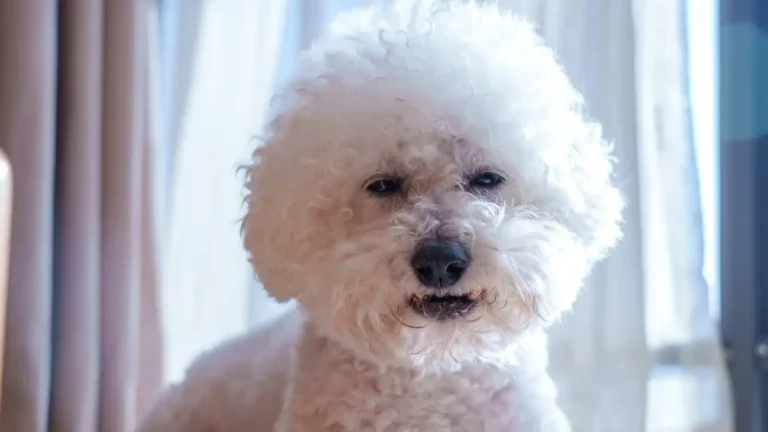Master How to Train Your Dog to Walk Calmly on a Leash—No More Pulling!
Let’s be honest—there’s nothing more frustrating than being dragged down the sidewalk by your overly enthusiastic pup. If you’ve been wondering how to train your dog to walk calmly on a leash, you’re not alone. As a Veterinary Technician with a specialty in pet nutrition, I’ve worked with dozens of dogs and their humans on this exact struggle. Whether it’s a young puppy full of energy or an adult rescue that never had leash manners, this is one of the most common concerns I see in practice. But the good news? With a little patience, consistency, and the right approach, calm leash walking is absolutely within reach. Let me walk you through what works, and what doesn’t—based on real-life, paw-tested experience.
Understanding Why Dogs Pull in the First Place
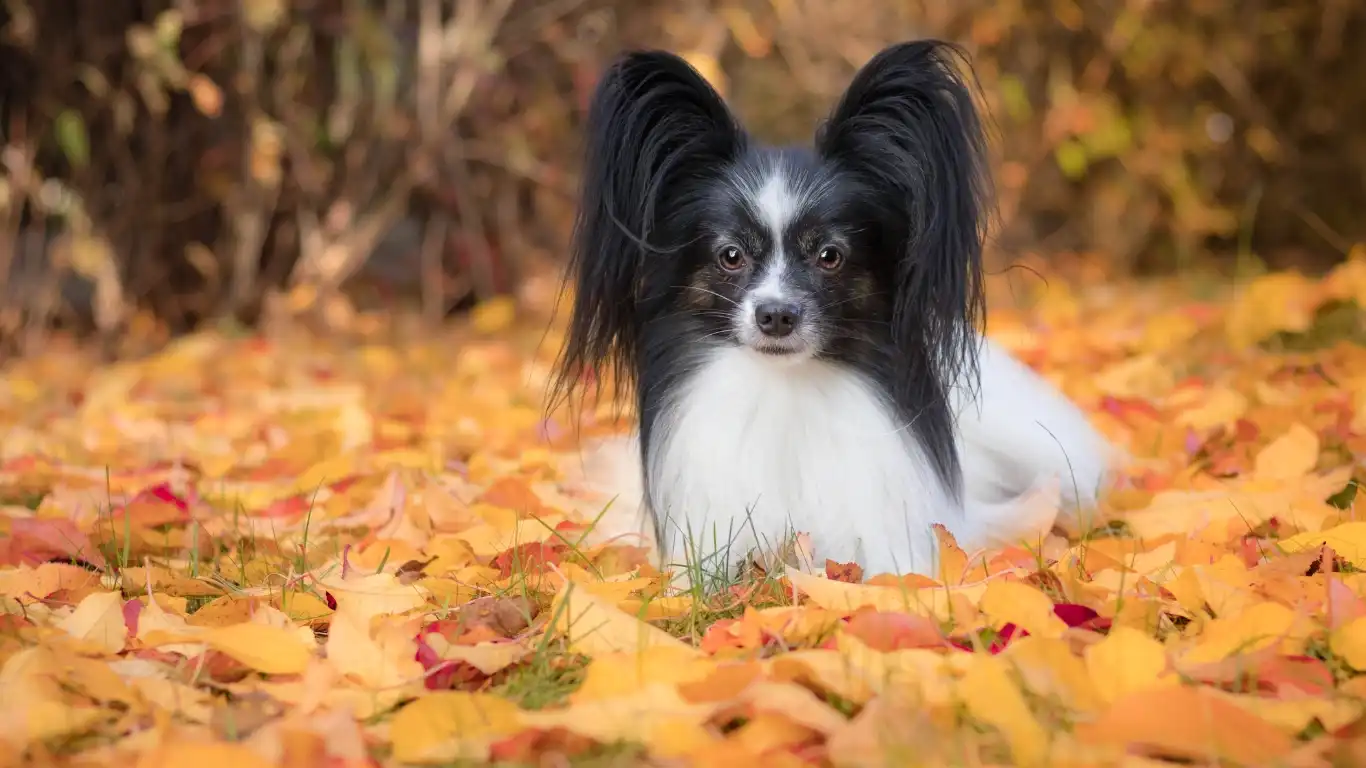
Before we can fix a problem, we need to understand where it’s coming from. Most dogs aren’t trying to be “bad” when they pull—they’re just being dogs. They’re curious, they’re excited, and they’ve got four legs and a lower center of gravity, which means they can hustle way faster than we can. I’ve seen even the tiniest Yorkie yank their person like a sled dog!
- Natural curiosity: Everything smells amazing, looks interesting, and sounds worth chasing.
- Lack of training: Many dogs simply never learned how to walk nicely on a leash. It’s not instinctual.
- Improper equipment: Retractable leashes or poorly fitted harnesses can actually encourage pulling.
So instead of thinking of pulling as “bad behavior,” it helps to see it as a skill gap. Your dog isn’t defying you—they just don’t know the rules of the walk yet.
Setting Yourself Up for Leash Training Success
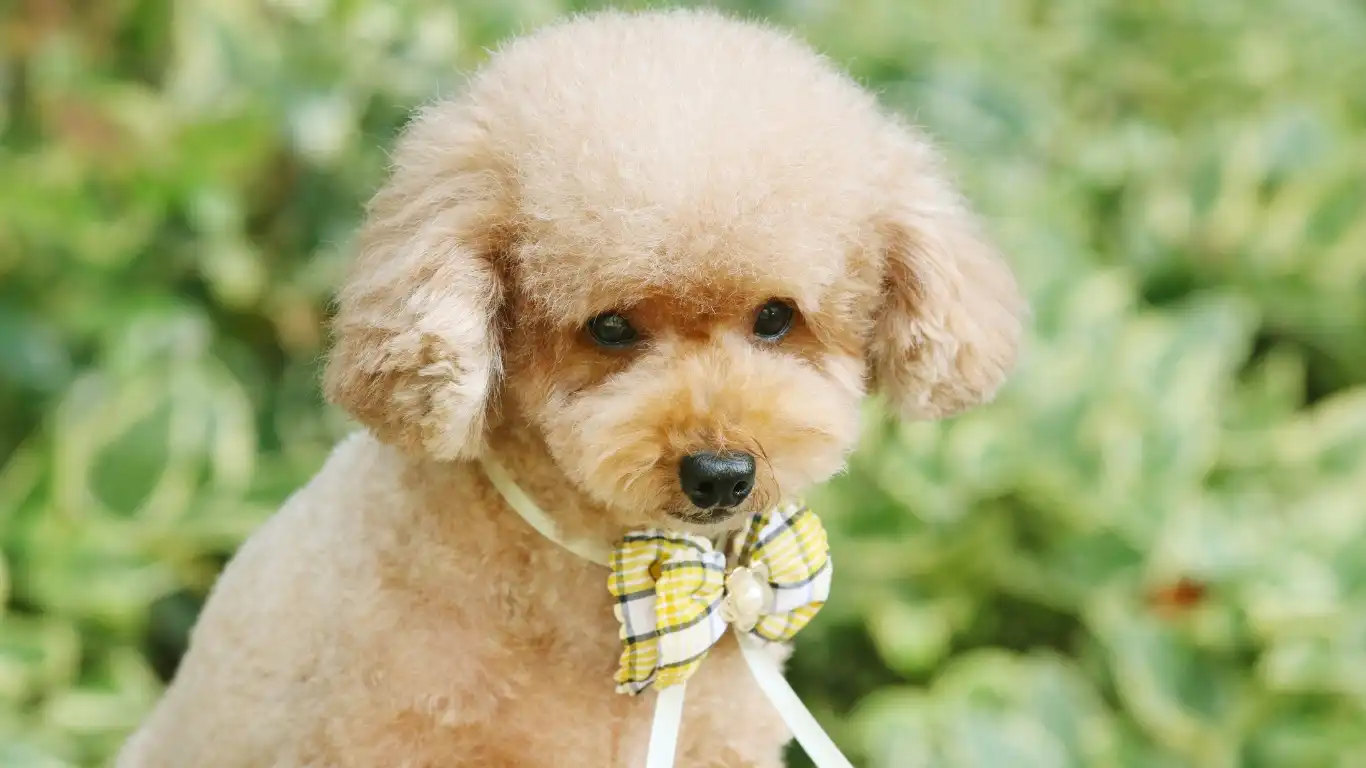
Before you even step outside, let’s make sure you’ve got the right gear and mindset. One of the biggest things I tell clients in my clinic is this: you can’t train your dog if you’re frustrated, distracted, or rushing. Dogs feed off our energy, and training works best when it feels like a team effort.
Pick the Right Equipment
You don’t need fancy tools, but a few basics can make a big difference:
- Front-clip harness: These help redirect forward momentum and make pulling less rewarding.
- Standard 4–6 ft leash: Ditch the retractables—they teach your dog that pulling gives them more room.
- Treat pouch: You’ll need to reward your pup quickly and often when they get it right.
Personally, I love using pea-sized bits of freeze-dried liver or soft training treats—small enough for quick snacks, tasty enough to keep your dog focused. If you’ve worked with me in the clinic before, you’ve probably seen me pulling these from every pocket!
Timing Your Training Sessions
Timing matters. Don’t try leash training right after your dog’s been cooped up all day or during their zoomie hour. Go for a short mental reset walk first, or even a game of tug, to take the edge off. Then, you can begin focused leash work with a dog that’s a little more in tune and less wired.
Introducing the Calm Walk Mindset

Training your dog to walk calmly on a leash starts with your mindset as much as your dog’s behavior. Think of this as teaching a new language. It’s not about domination or being the “alpha”—it’s about teaching mutual respect and communication.
Reward the Good Stuff, Ignore the Pulling
One of my go-to methods (that I recommend to almost every client) is the “yes and reward” technique. Every time your dog walks next to you with a loose leash—even just for a second—say “yes!” and offer a treat by your side. Over time, they learn that being close to you pays off, while pulling just delays the fun.
It’s honestly magic how quickly some dogs catch on. I once had a Labrador mix named Milo who went from full steam ahead to trotting calmly in just a couple weeks using this exact technique—and let me tell you, that boy could pull like a freight train before!
Next, we’ll dive deeper into troubleshooting tough leash behaviors and building a solid routine that sticks. But for now, if your dog starts pulling, just stop. Don’t yank, don’t scold—just freeze and wait for them to check in. The second that leash slackens, mark it with a “yes” and move forward.
Troubleshooting Common Leash Walking Struggles
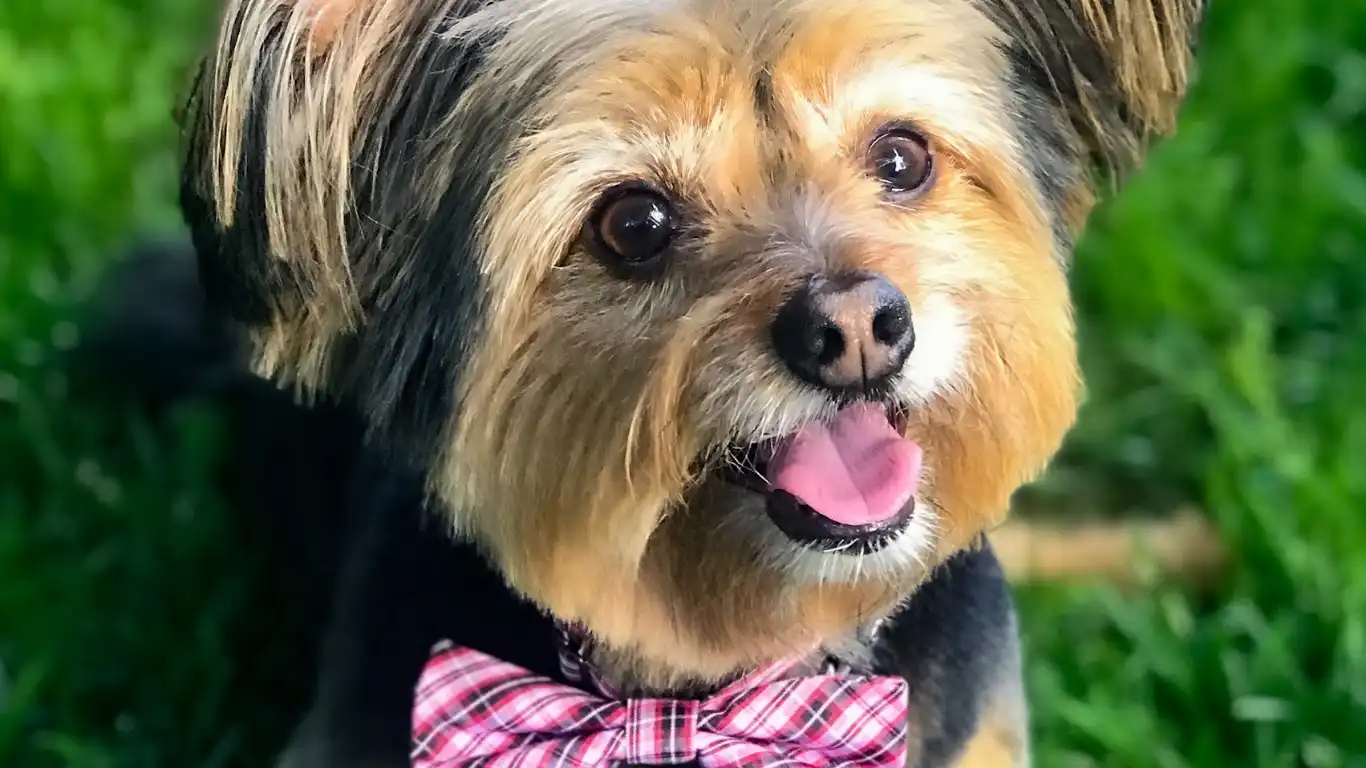
Even when you’re doing everything “right,” you’ll probably hit a few bumps in the road—because, well, dogs are individuals with their own quirks. One day they’re cruising calmly beside you, and the next, they’re launching toward a squirrel like a canine missile. Totally normal.
In my experience as a vet tech, I’ve learned that these setbacks aren’t failures—they’re part of the process. Let’s walk through some common issues I help pet parents navigate every week in the clinic and out in the field.
“My Dog Lunges at Other Dogs”
Oof, this one is big. Leash reactivity is super common, especially in younger dogs or those who’ve had limited socialization. The tight leash combined with seeing another dog can trigger frustration or fear—what we call “barrier frustration.”
- Try distance first: If your dog reacts to others, work at a distance where they notice the dog but can still focus on you. Reward calm behavior generously.
- Use treats as a distraction: The moment they spot a trigger, say their name and offer a treat before they can spiral.
- Practice look-at-that games: Teaching your dog that seeing another dog = treat from you is a game-changer.
I worked with a sweet pit mix named Juno who used to bark at every dog on the street. With patience and lots of cheese cubes, she learned that walking past another pup quietly earned her a jackpot. Now she struts like a pro.
“My Dog Won’t Walk—Just Plants and Refuses”
Okay, so the opposite problem: the dog who just… stops. Maybe they’re scared, stubborn, or just overwhelmed. This is especially common in newly adopted dogs, senior pups, or shy personalities.
The fix? Break the walk into tiny victories. Instead of asking for a full walk, just reward any forward movement. One step, praise. Two steps, treat. Build from there.
Also check that your gear isn’t bothering them. I had a nervous dachshund patient who would freeze because her harness rubbed under her legs. A better-fitting harness and some warm-up “let’s go!” games made all the difference.
Consistency is Key: Building the Habit
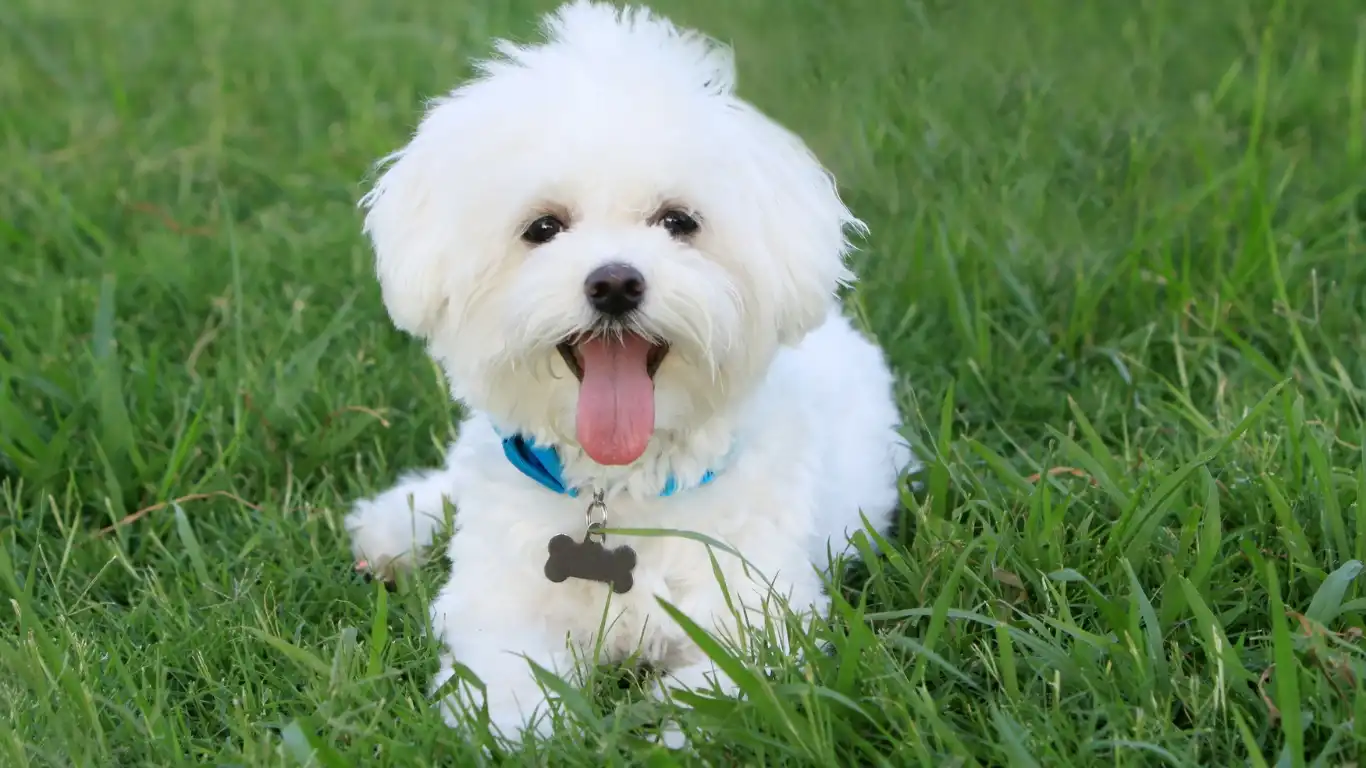
Dogs thrive on routine. If you only work on leash manners once a week, progress is going to be slow—and confusing for your dog. Just like learning a new language, they need regular practice in low-pressure environments before it sticks.
Daily Walk Training Tips
- Keep walks short and sweet: Quality over quantity. Five focused minutes is better than 30 chaotic ones.
- Practice inside first: Your hallway or backyard is a great low-distraction training zone.
- Celebrate small wins: If your dog walked calmly for 10 feet, that’s progress! Reward and call it a win.
Personally, I like to treat walks like little training labs. One block might be “loose leash focus,” the next block is “let’s sniff,” and then we circle back to walking next to me. That mix keeps it fun for both of us.
Don’t Expect Perfection Overnight
Dogs are going to have off days—just like us. Some days they’ll crush it, and other days you’ll be questioning everything. That’s totally normal. Stick with it, stay patient, and remember: every calm step is building a lifelong skill.
Leaning into Positive Reinforcement
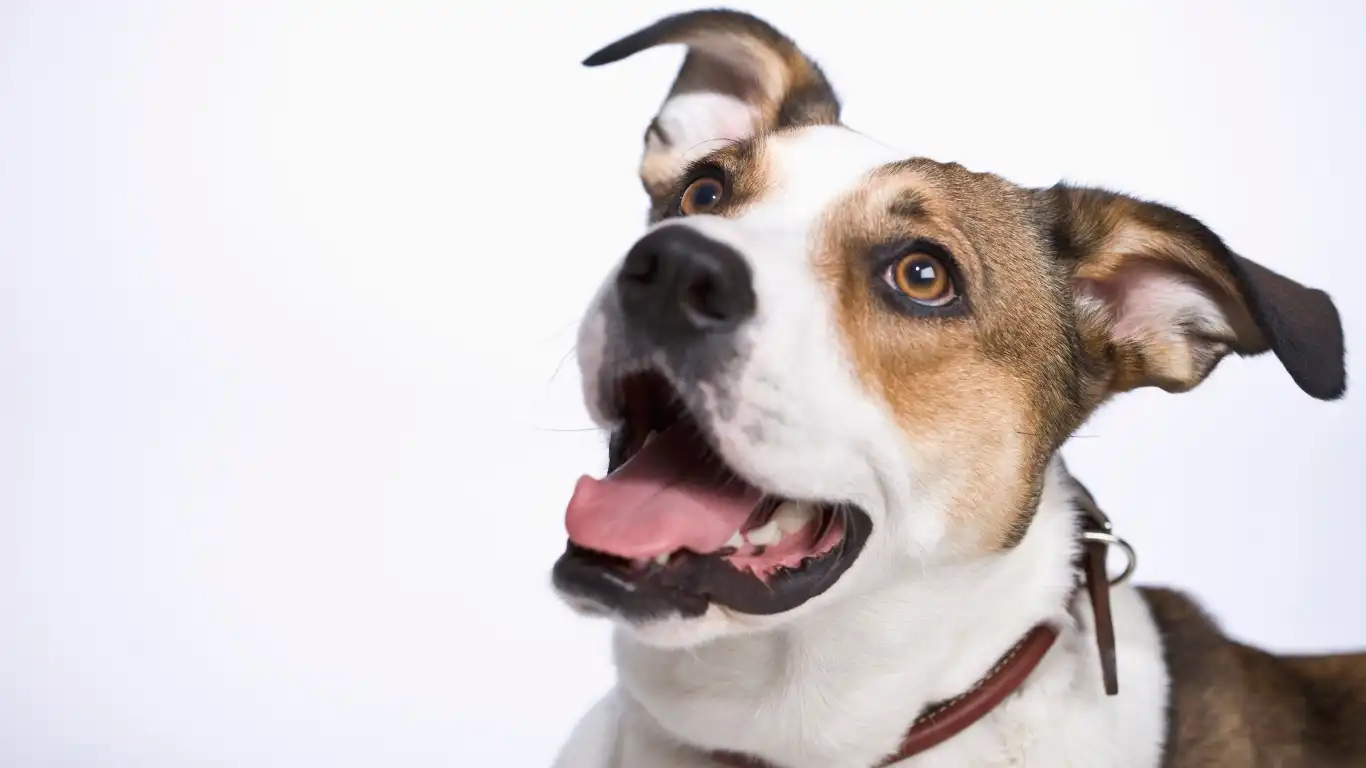
If there’s one thing I can’t stress enough, it’s this—positive reinforcement is the key. Dogs aren’t trying to give us a hard time. They’re just trying to figure out what works. The more you reward what you *do* want, the more you’ll see it.
That doesn’t mean you have to carry a meatball sub in your pocket forever. In the beginning, yes, you’ll be using treats often. But once your dog starts to get it, you can shift to praise, occasional snacks, or letting them sniff a favorite tree as a reward. Behavior that’s consistently reinforced becomes a habit.
Know Your Dog’s Favorite Rewards
Some pups are food-motivated, others go bananas for toys or a chance to sniff the fire hydrant. Knowing what really lights up your dog’s brain makes a huge difference. In my vet tech days, I used to call it their “paycheck”—make sure their paycheck is worth it!
- Food lovers: Think chicken, liver, soft training bites.
- Toy lovers: A quick game of tug mid-walk can be hugely rewarding.
- Sniff lovers: Use a release cue (“go sniff!”) to let them explore as a reward.
Training your dog to walk calmly on a leash isn’t just about obedience—it’s about building trust, communication, and confidence on both ends of the leash. It takes time, but once you and your pup find your rhythm, walks become the best part of the day. No more stress, no more sore arms—just a happy dog walking beside their favorite human.
Real-Life Walk Scenarios: Putting It All Together
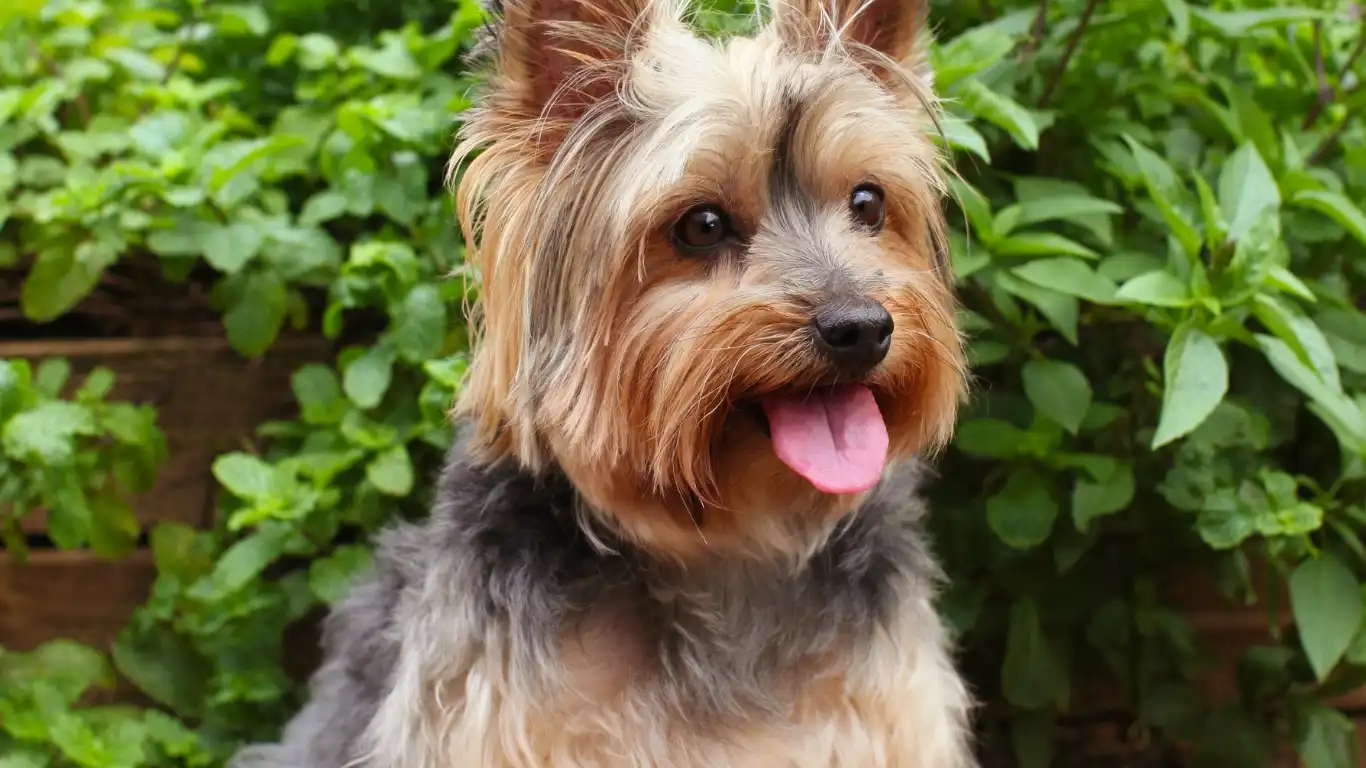
Now that you’ve got the foundation down, let’s talk about the part where real life hits—distractions, unexpected chaos, and those wild-card moments that make or break your walk. As someone who’s spent years helping pet parents with leash skills, I can tell you this: practice makes progress, not perfection. And those everyday, unpredictable scenarios? That’s where your training really earns its stripes.
Walking Through Busy Environments
Think farmer’s markets, neighborhood events, or downtown strolls. These can be overwhelming for dogs who are still learning leash manners. I always recommend starting with quiet, predictable routes first—then gradually working up to the chaos.
- Use a “focus” cue: Teach your dog to look at you on cue with a word like “watch” or “eyes.” Super useful when navigating crowds or crossing busy intersections.
- Keep your pace steady: A consistent walking rhythm helps your dog stay focused on you rather than getting sucked into the noise around them.
- Bring high-value rewards: For high-distraction walks, you’ll need high-value treats. I call these “walk gold”—think tiny chunks of real meat or even cheese if your dog tolerates dairy.
I had a client whose boxer, Tank, would lose his mind every time they passed the outdoor café near their house. We worked on slowly exposing him to the area while reinforcing calm behavior with his favorite dehydrated salmon treats. It took a few weeks, but now Tank walks past like a total gentleman—even with bacon smells wafting his way.
Dealing With Setbacks
Let’s be real—some days just suck. Your dog pulls like it’s day one, forgets every cue they ever learned, or flat-out refuses to cooperate. You might even feel like giving up. Please don’t.
Setbacks are just part of the journey. Dogs aren’t robots. They’re living, breathing, feeling animals. Sometimes they’re tired, overstimulated, or just not in the mood. (Sound familiar?) I always tell my clients: if today’s walk is a mess, make tomorrow a reset. Go somewhere quiet, keep it short, and end on a positive note. You’re building a relationship, not chasing perfection.
Making Calm Leash Walking a Lifelong Skill
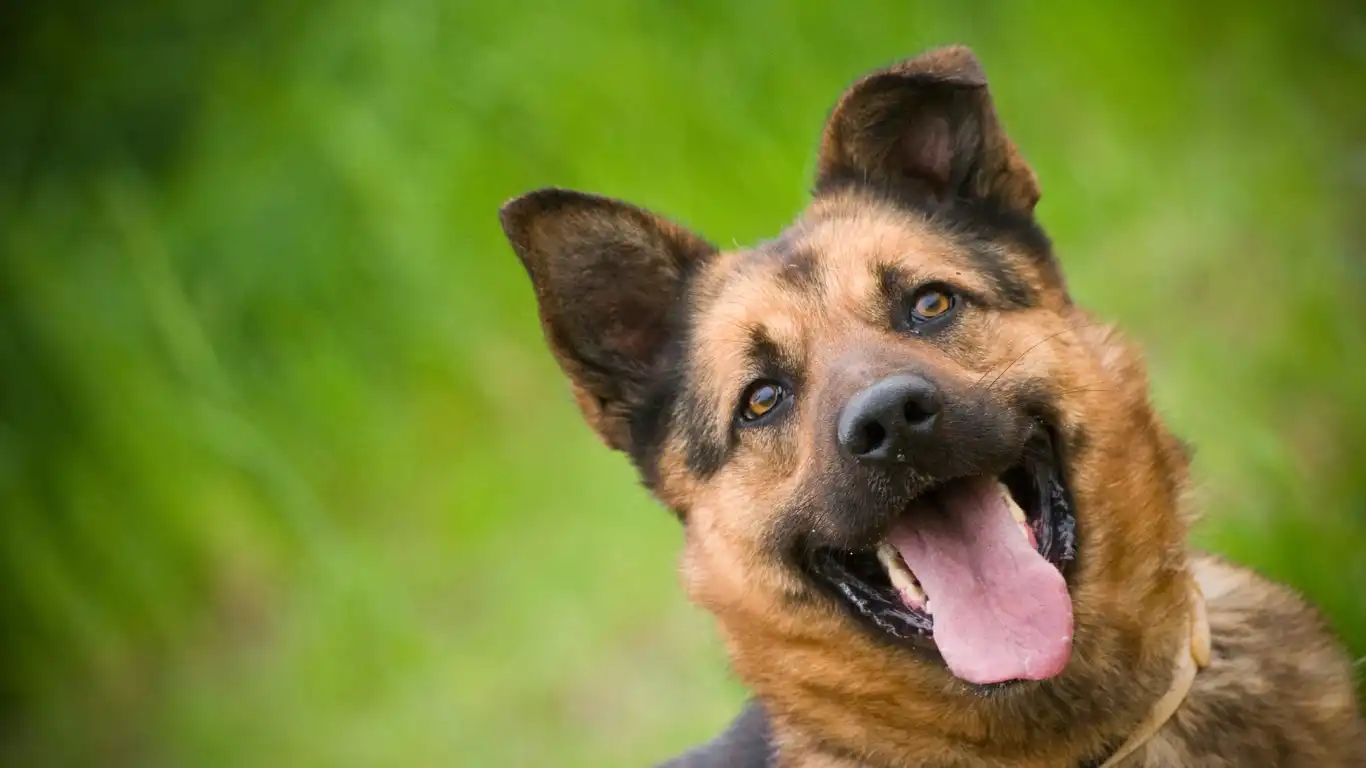
Training your dog to walk calmly on a leash isn’t something you “finish”—it’s something you maintain, like brushing teeth or eating healthy. Once your dog gets it, it becomes second nature… but you’ll still want to keep those skills sharp.
Refreshers Keep Things Polished
- Do mini-trainings weekly: Toss in a few short leash drills during your regular walk. No pressure, just practice.
- Switch up locations: New environments challenge your dog’s focus and keep them adaptable.
- Reward randomly: Surprise your dog with praise or treats occasionally to keep that good behavior strong.
One of my favorite things is seeing an older dog who’s clearly been trained well over the years—calm, responsive, and confident. That doesn’t happen by accident. It’s the result of regular reinforcement, mutual respect, and a ton of love. Honestly, it makes me a little emotional sometimes!
Final Thoughts: You and Your Dog, In Sync
If you’ve made it this far, you’re clearly committed—and I admire that. Leash training is about way more than walking in a straight line. It’s about connection. Communication. Trust. And yes, a few too many treat crumbs in your coat pockets.
Remember that training your dog to walk calmly on a leash is a journey, not a race. Some dogs pick it up quickly. Others take time, especially if they’ve had a rough start or never learned the basics. That’s okay. Keep showing up. Keep rewarding the small wins. And celebrate every tail-wagging step forward.
From one dog lover (and vet tech) to another—you’ve got this. And your dog? They’re lucky to have someone like you on the other end of the leash.
References
- American Society for the Prevention of Cruelty to Animals (ASPCA)
- American Veterinary Medical Association (AVMA)
- Certification Council for Professional Dog Trainers (CCPDT)
Disclaimer
This article is intended for informational purposes only and does not replace professional veterinary advice. Always consult your veterinarian or a certified dog trainer for specific guidance tailored to your dog’s health and behavior.
